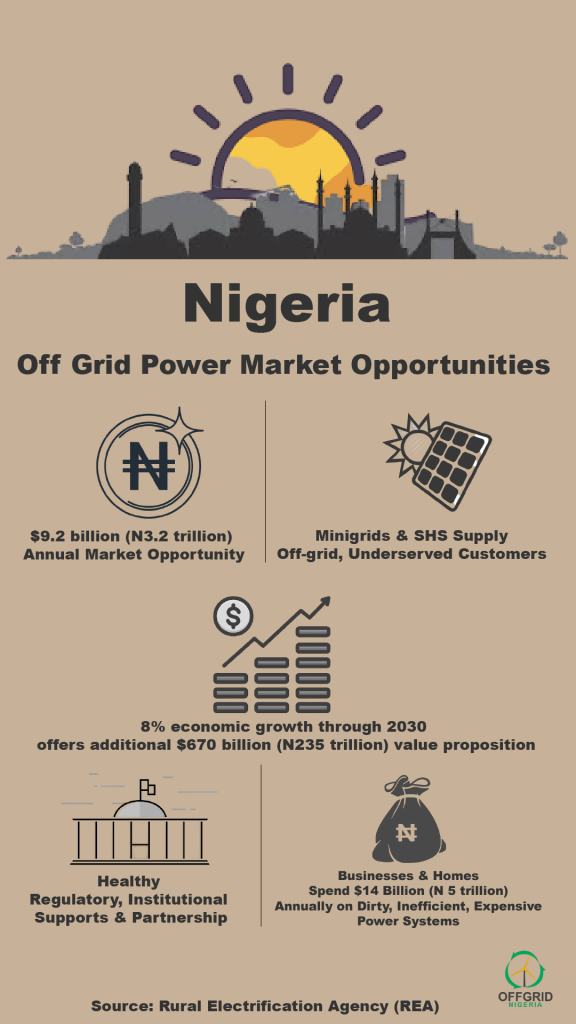One year ago, President Donald Trump announced his intention to pull the U.S. out of the Paris Agreement, abandoning the federal government’s role in leading efforts to combat climate change.
But since then, reports indicate that Americans have stepped up their commitments to cut carbon emission without the supports of the federal government.
According to America’s Pledge, a platform initiated in July 2017 by former New York City Mayor Michael Bloomberg and California Governor Jerry Brown, to aggregate and quantify the actions of states, cities and businesses as well as other non-national actors in the US to drive down their greenhouse gas emissions consistent with the goals of the Paris Agreement, the numbers in terms of commitment to the pact have been tremendous.
In a report obtained from the initiative, an unprecedented number of US cities, states, businesses, and universities have reaffirmed their commitment to helping America reach its Paris climate goals since the Trump administration decided to pull out of the agreement.
It explained that whether through declarations like ‘We Are Still In’ or new pledges and commitments of their own, these non-national actors are maintaining US momentum on climate action in the absence of federal leadership.
It said leaders from states, cities, and businesses, representing people and trillion in GDP, declared ‘We Are Still In’ and are ramping actions to cut carbon pollution as the rest of the world continues to work towards the goals of the Agreement.
Specifically, America’s Pledge stated that over this period, U.S. carbon emissions are continuing to fall, adding that in 2017, US energy-related carbon pollution fell to its lowest level in 25 years, while clean energy now employs nearly 790,000 workers in the US, with 350,000 employed in wind and solar alone.
It noted that wind and solar power now employs more than 30,000 in Texas, 9,000 in Colorado, and 5,000 in Pennsylvania. It stated that nationally, these jobs could double in the next 10 years.
Equally, clean energy technologies according to the group has continued to get cheaper, and in the past 10 years, the costs of wind generation, LEDs, lithium-ion batteries, and solar photovoltaics, have fallen by 70 per cent or more.
Clean energy deployment continues to surge, it said, explaining that since June 1, 2017, the US has added more than 9 gigawatts of new renewable energy capacity, and this year, electric vehicles and battery storage are expected to nearly double.
On the other hand, the report said coal plants are now closing at a rapid rate, stating that despite Trump administration’s attempts, more coal plants retired in the first month of 2018 than retired between 2009 and 2011.
“States are building a clean energy grid. States continue to set ambitious targets for renewables. In 2018, New Jersey finalized a new target of 35 per cent by 2025 and 50 per cent by 2030.
“States comprising 35 per cent of the U.S. economy are taking steps to put a price on carbon pollution. By the end of this year, states accounting for at least 35 per cent of US economy are expected to have adopted a cap-and-trade program,” said the report.
Additionally, it noted that: “States are cutting emissions across many key sectors. States are passing policies to address pollution from oil and gas and from cars and trucks. In 2017, Utah became the latest to enact standards for methane pollution from oil and gas.”
Continuing with developments that had taken place within the one year, the report said: “States are defending critical climate policies. States are protecting critical carbon policies from Trump administration rollbacks. On May 1, 2018 seventeen states sued to block the EPA’s proposed elimination of emissions standards on cars and trucks.”
Indicating that private corps aren’t left out of the commitment, the report noted that companies were stepping up to reduce greenhouse gas emissions, adding that over 100 companies have announced emissions reduction targets in line with the Paris Agreement, including 25 headquartered in the US.
“A growing number of electric utilities are accounting for the financial risk posed by climate change. In 2017, shareholders of nine electric utilities called on the companies to plan for the financial impacts associated with decarbonization and climate change.
“The private sector is increasingly investing in renewable energy. Businesses, large and small, financed a total of 2.8 gigawatts of new renewable energy capacity in 2017. 84 cities and counties are committed to going 100 per cent renewable.
“More cities and counties are committing to sourcing 100 per cent of their electricity from renewables. Among them is Minneapolis, which adopted a goal to achieve 100 per cent by 2030,” the report explained.





